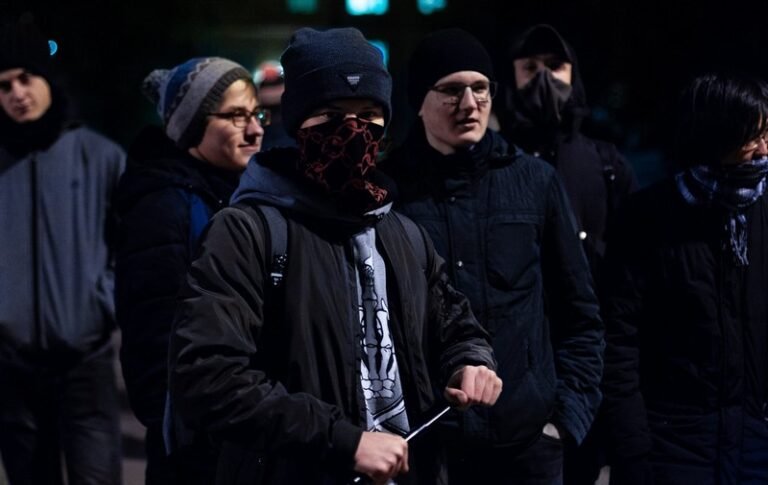Football hooliganism has been a recurring issue in British society for several decades. It is a complex phenomenon that has attracted the attention of sociologists, who have sought to understand the underlying causes and dynamics behind this behavior. One important aspect that has emerged in the study of British football hooliganism is the role of social class.
Understanding Social Class
Social class refers to the hierarchical divisions within a society based on socioeconomic factors such as income, occupation, and education. In the context of British football hooliganism, class plays a significant role in shaping the behavior and motivations of those involved.
Historical Context
To understand the connection between football hooliganism and class, it is important to consider the historical context in which this phenomenon emerged. In the 1960s and 1970s, British society was marked by significant socioeconomic inequalities, with working-class communities facing economic hardships and limited opportunities for social mobility.
Football provided an avenue for working-class individuals to express their frustrations and assert their identity. However, this expression often took the form of violence and aggression, leading to the emergence of football hooliganism as a social problem.
Class Identity and Group Dynamics
Football hooliganism can be seen as an expression of class identity and a means of asserting dominance within a social group. Hooligan gangs often originate from working-class backgrounds, with members forming strong bonds based on shared experiences and a sense of belonging.
Within these groups, a hierarchical structure often emerges, with leaders and followers. The desire for status and recognition within the group can drive individuals to engage in violent and antisocial behavior as a means of proving their loyalty and toughness.
Perceived Injustice and Resistance
The class dynamics at play in British football hooliganism are not solely about asserting dominance. They also reflect a perceived injustice and resistance against the established order. Working-class individuals may feel marginalized and excluded from mainstream society, leading to a sense of resentment and a desire to challenge the status quo.
Football matches provide a platform for this resistance, with rivalries between clubs often rooted in historical and cultural divisions. These rivalries can fuel a sense of collective identity and solidarity within a hooligan group, as they unite against perceived enemies.
Changing Dynamics
It is important to note that the dynamics of British football hooliganism have evolved over time. While class continues to play a role, other factors such as ethnicity, regional identity, and even gender have become increasingly significant in shaping hooligan behavior.
Furthermore, efforts by football clubs, law enforcement, and society as a whole have sought to address and curb football hooliganism. Improved stadium security, stricter legislation, and educational campaigns have all contributed to a decline in the prevalence of this behavior.
Conclusion
In conclusion, British football hooliganism is a complex phenomenon that cannot be fully understood without considering the role of social class. Class identity, group dynamics, perceived injustice, and resistance all contribute to the manifestation of this behavior. However, it is crucial to recognize that the dynamics of football hooliganism are not static and have evolved over time. Efforts to address this issue have led to a decline in its prevalence, but ongoing research and vigilance are necessary to ensure that it remains a thing of the past.






